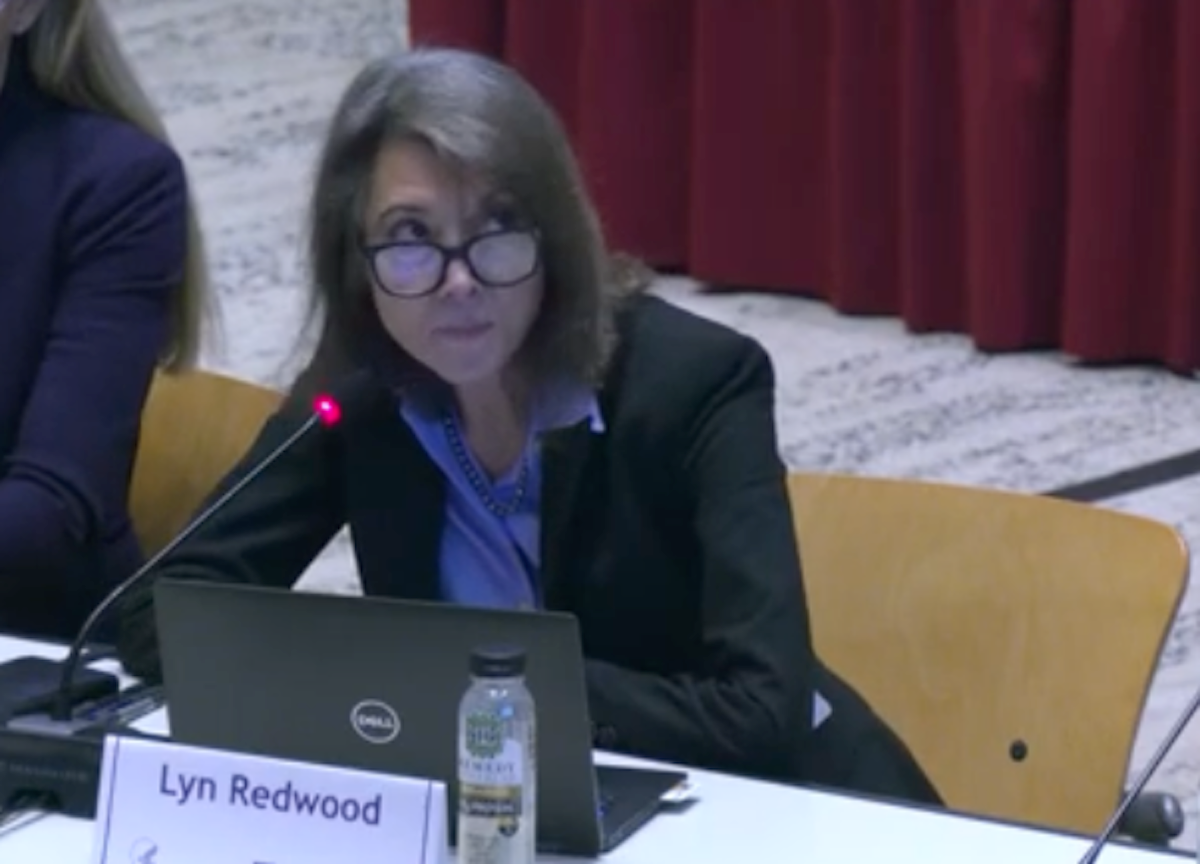Article
Study: Safety, components concerns spur vaccine hesitancy
Author(s):
Researchers find callers to a national health center were most concerned about the safety and components of vaccines based largely on old information.
Great strides in disease prevention have been made through immunization, yet some still question the purpose and safety of vaccination.
In an Australian study published in the Australian and New Zealand Journal of Public Health, researchers analyzed 1,342 calls relating to concerns about vaccines. Researchers found that the majority of calls-60.4%-were about vaccine safety, and 31.6% involved concerns over the ingredients found in vaccines. Differences in call types were found between low- and high-vaccination areas. Overall, however, more calls about vaccines came from high-vaccination areas. In low-vaccination areas, there were more concerns about the preservatives, specifically mercury and thiomersal, despite the fact that they were removed from vaccines in Australia in 2000.
In regard to specific vaccine concerns, callers were most concerned about the measles, mumps and rubella vaccine. Callers also cited a lack of information about the vaccines (54%), information presented through a ”second opinion” (21%), conflicting information about vaccines (9%), and symptoms related to vaccines (6%) as cause for concern.
The results of the study illustrate the need for better education about vaccines, the ingredients of those vaccines, and expected side effects, according to the report.
Next: The lesson for physicians
The lesson for physicians
Healthcare providers should be aware of the immunization rates in their area and the associated concerns from those who choose not to receive vaccinations.
“Vaccine related information gaps, particularly related to safety, can contribute to vaccination hesitancy. It is important for primary care physicians to know the childhood immunization rate in their local area; and ask parents or caregivers about any specific concerns that act as barriers to vaccination uptake,” Treasureâ McGuire, PhD, BPharm, of the School of Pharmacy at Pharmacy Australia Centre of Excellence at the University of Queensland and co-author of the report, told Medical Economics. “Once these information gaps and concerns are identified, primary care physicians are in a position to proactively tailor their approach and provide information to their patients to address these barriers to vaccination.”
Even if physicians believe a patient’s vaccine concern is unwarranted or outdated, addressing concerns is a critical part to ensuring adequate vaccine uptake.
“Safety concerns may persist long after health professionals believe the issue has been resolved. The classic example in our study was that consumer questions about mercury containing preservatives in vaccines persisted for a decade after preservatives had been removed from these products,” McGuire noted. “By recognizing the driver for an individual’s uncertainty, primary care physicians are better placed to proactively address the identified information gap and reduce vaccine hesitancy.”
Physicians should also take care not to reprimand of alienate patients who are hesitant to receive, or allow their children to receive vaccines, she added, but to understand and address their concerns.
“Primary care physicians need to understand that ‘vaccine hesitancy’ is an intermediate position along the decision-making continuum,” McGuire said. “We hope our study encourages clinicians to provide parents and caregivers with access to targeted vaccine information from trusted sources that addresses the uncertainties and (possible) risks of immunization.”





